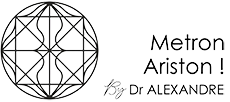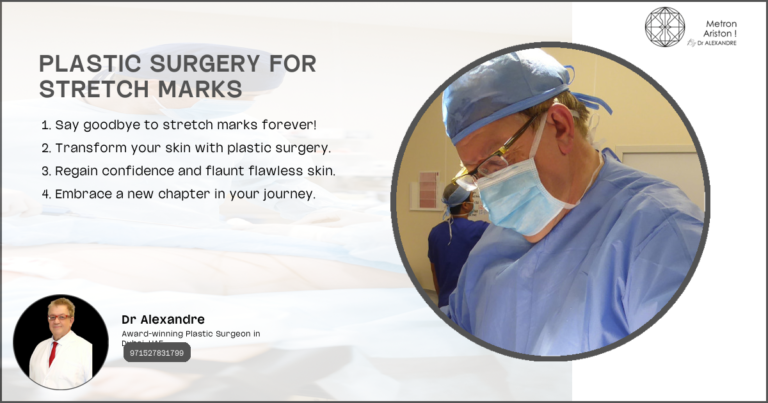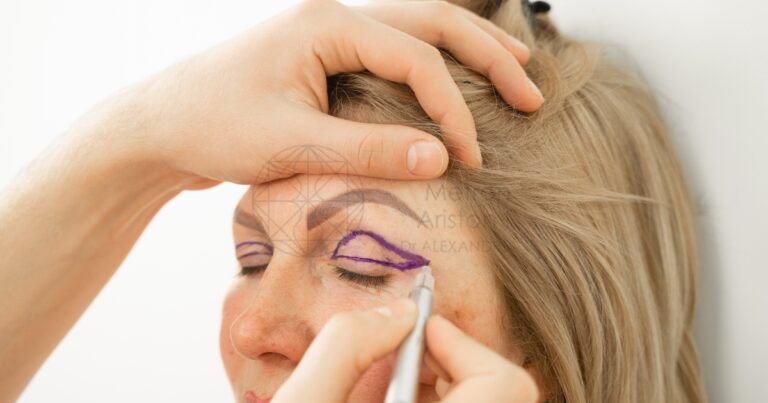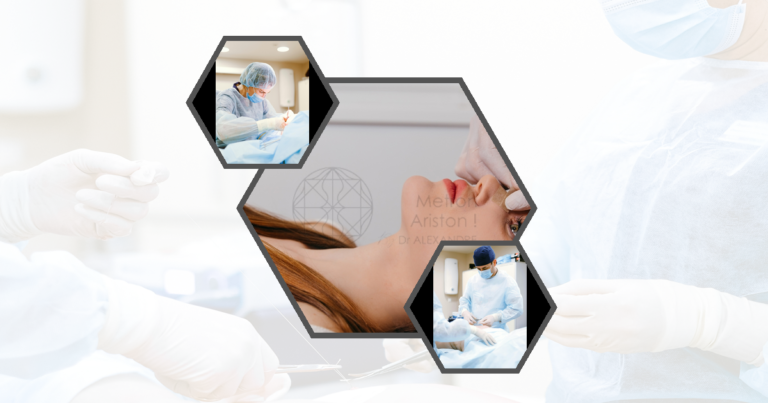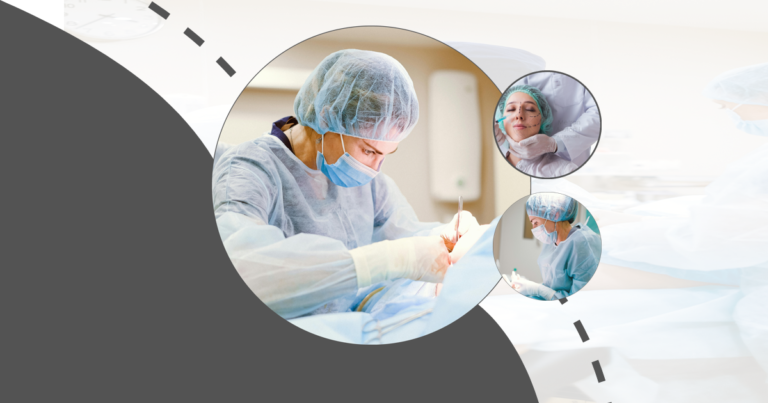What Are the Most Common Plastic Surgery Procedures and Who Are They For
Understanding Plastic Surgery and Cosmetic Procedures
Plastic surgery and cosmetic procedures have become increasingly popular in recent years, driven by advancements in medical technology and a growing desire for aesthetic enhancement. These procedures are designed to reshape or restore parts of the body, often improving both appearance and self-esteem. While plastic surgery can be reconstructive, addressing issues from birth defects or trauma, cosmetic surgery focuses on enhancing appearance.
Difference between plastic surgery and cosmetic surgery
Plastic surgery and cosmetic surgery are often used interchangeably, but they serve different purposes. Plastic surgery is primarily reconstructive, aiming to correct defects or injuries. Cosmetic surgery, on the other hand, is elective and focuses on enhancing appearance. Understanding this distinction is crucial for individuals considering surgery, as it influences the choice of procedure and expected outcomes.
Growing social acceptance and innovations in the field
The social acceptance of plastic surgery has grown significantly, with more people openly discussing their procedures. Innovations in the field, such as minimally invasive techniques and improved safety measures, have also contributed to this trend. These advancements have made procedures more accessible and appealing to a broader audience.
- Plastic surgery: Reconstructive, corrects defects
- Cosmetic surgery: Elective, enhances appearance
- Social acceptance: Increased openness
- Innovations: Minimally invasive techniques
Top 10 Most Common Plastic Surgery Procedures
Plastic surgery offers a variety of procedures to address different aesthetic concerns. Here are the top 10 most common procedures:
Liposuction
Liposuction is a popular procedure that removes excess fat deposits, improving body contours and proportion. It is often sought by individuals who struggle with stubborn fat that doesn’t respond to diet or exercise. Liposuction can target areas like the abdomen, thighs, and arms, providing a more sculpted appearance.
Breast augmentation
Breast augmentation involves the use of implants or fat transfer to increase breast size or restore volume lost after weight reduction or pregnancy. This procedure is popular among women seeking to enhance their body image and boost self-confidence.
Blepharoplasty (eyelid surgery)
Blepharoplasty, or eyelid surgery, corrects droopy eyelids by removing excess skin, muscle, and fat. It is often chosen by individuals looking to improve their facial appearance and reduce signs of aging around the eyes.
Abdominoplasty (tummy tuck)
Abdominoplasty, commonly known as a tummy tuck, removes excess skin and fat from the abdomen while tightening the underlying muscles. This procedure is ideal for individuals who have experienced significant weight loss or pregnancy and want to achieve a firmer abdominal profile.
Breast reduction
Breast reduction surgery removes excess breast tissue and skin to achieve a breast size in proportion with the body. It is often sought by women experiencing physical discomfort due to overly large breasts.
Rhinoplasty (nose surgery)
Rhinoplasty, or nose surgery, reshapes the nose to improve its appearance and function. It is a popular choice for individuals seeking to enhance facial harmony or correct breathing issues.
Facelift (rhytidectomy)
A facelift, or rhytidectomy, reduces visible signs of aging in the face and neck by tightening sagging skin and muscles. This procedure is often chosen by individuals looking to rejuvenate their appearance.
Breast lift (mastopexy)
A breast lift, or mastopexy, raises and firms the breasts by removing excess skin and tightening the surrounding tissue. It is ideal for women seeking to restore a youthful breast contour.
Browplasty (brow lift)
Browplasty, or a brow lift, elevates the eyebrows to reduce forehead wrinkles and frown lines. This procedure is often chosen by individuals looking to achieve a more youthful and refreshed appearance.
Gynecomastia treatment
Gynecomastia treatment reduces enlarged male breasts, often through liposuction or excision. It is a common procedure for men seeking to achieve a more masculine chest contour.
- Liposuction: Removes excess fat
- Breast augmentation: Increases breast size
- Blepharoplasty: Corrects droopy eyelids
- Abdominoplasty: Removes excess abdominal skin
- Breast reduction: Reduces breast size
- Rhinoplasty: Reshapes the nose
- Facelift: Reduces signs of aging
- Breast lift: Raises and firms breasts
- Browplasty: Elevates eyebrows
- Gynecomastia treatment: Reduces male breast size
Who Are These Procedures For
Plastic surgery is not one-size-fits-all; it is tailored to individual needs and goals. Understanding who these procedures are for can help potential patients make informed decisions.
Age considerations
Age plays a significant role in determining the suitability of plastic surgery. While some procedures are more common among younger individuals, others are better suited for older adults. For example, facelifts are typically sought by those in their 40s and 50s, while breast augmentation is popular among women in their 20s and 30s.
Health factors
Health is a critical consideration for anyone considering plastic surgery. Candidates should be in good overall health, with no underlying conditions that could complicate surgery or recovery. A thorough medical evaluation is essential to ensure safety and optimal results.
Realistic expectations
Having realistic expectations is crucial for a successful outcome. Patients should understand the limitations of surgery and have a clear idea of what can be achieved. Open communication with a board-certified plastic surgeon can help set realistic goals.
- Age: Influences procedure choice
- Health: Essential for safety
- Expectations: Must be realistic
Preparing for Plastic Surgery
Proper preparation is key to a successful plastic surgery experience. Here are some important steps to consider:
Choosing a board-certified plastic surgeon
Selecting a qualified, board-certified plastic surgeon is crucial for ensuring safety and achieving desired results. Board certification indicates that the surgeon has undergone rigorous training and adheres to high standards of practice.
Questions to ask during consultation
During the consultation, patients should ask questions about the surgeon’s experience, the procedure, and potential risks. This is an opportunity to address any concerns and gain a clear understanding of the process.
Pre-surgery instructions
Following pre-surgery instructions is essential for minimizing risks and ensuring a smooth procedure. These may include guidelines on medication, diet, and lifestyle changes.
- Board-certified surgeon: Ensures safety
- Consultation questions: Address concerns
- Pre-surgery instructions: Minimize risks
Recovery and Aftercare
Recovery and aftercare are critical components of the plastic surgery process. Proper care can enhance healing and improve outcomes.
Post-operative care
Post-operative care involves following the surgeon’s instructions for wound care, medication, and activity restrictions. Adhering to these guidelines can prevent complications and promote healing.
Managing pain and swelling
Pain and swelling are common after surgery, but they can be managed with prescribed medications and home remedies. Ice packs and elevation can also help reduce swelling.
When to return to normal activities
The timeline for returning to normal activities varies depending on the procedure. Patients should follow their surgeon’s advice and avoid rushing the recovery process to ensure optimal results.
- Post-operative care: Follow instructions
- Pain management: Use medications and remedies
- Activity timeline: Follow surgeon’s advice
Risks and Complications of Plastic Surgery
While plastic surgery can offer significant benefits, it also carries risks and potential complications.
Common side effects
Common side effects of plastic surgery include swelling, bruising, and discomfort. These are typically temporary and can be managed with proper care.
Potential long-term complications
Long-term complications, though rare, can include scarring, infection, and changes in sensation. Choosing a qualified surgeon and following post-operative instructions can minimize these risks.
Importance of following surgeon’s instructions
Adhering to the surgeon’s instructions is crucial for reducing the risk of complications and ensuring a successful outcome. Patients should communicate any concerns to their surgeon promptly.
- Side effects: Swelling, bruising
- Long-term risks: Scarring, infection
- Follow instructions: Essential for success
Non-Surgical Alternatives to Plastic Surgery
For those seeking aesthetic enhancement without surgery, non-surgical alternatives offer viable options.
Dermal fillers
Dermal fillers are injectable treatments that add volume and smooth wrinkles. They are popular for enhancing facial features and achieving a youthful appearance.
Botox injections
Botox injections temporarily relax facial muscles, reducing the appearance of wrinkles and fine lines. This treatment is commonly used for forehead lines and crow’s feet.
Laser treatments
Laser treatments can address a variety of skin concerns, including pigmentation, scars, and wrinkles. They offer a non-invasive way to rejuvenate the skin.
- Dermal fillers: Add volume
- Botox: Reduces wrinkles
- Laser treatments: Rejuvenate skin
Insurance Coverage for Plastic Surgery Procedures
Understanding insurance coverage is important for those considering plastic surgery.
Cosmetic vs. reconstructive procedures
Insurance typically covers reconstructive procedures that address medical issues, such as breast reconstruction after mastectomy. Cosmetic procedures, aimed at enhancing appearance, are usually not covered.
When insurance might cover plastic surgery
Insurance may cover plastic surgery if it is deemed medically necessary. Patients should consult with their insurance provider and surgeon to determine eligibility. Evaluate surgeon credentials by checking their education training and experience Make sure the doctor is qualified to perform your specific procedure before surgery
- Reconstructive: Often covered
- Cosmetic: Usually not covered
- Medical necessity: Determines coverage
Trends in Plastic Surgery
Plastic surgery trends continue to evolve, influenced by societal changes and technological advancements.
Post-pandemic surge in procedures
The COVID-19 pandemic led to a surge in plastic surgery procedures, as more people sought self-improvement during lockdowns. This trend has continued, with increased demand for both surgical and non-surgical treatments.
Most popular procedures by age group
Different age groups tend to favor different procedures. Younger individuals often opt for breast augmentation and rhinoplasty, while older adults may choose facelifts and eyelid surgery.
Gender-specific trends
Plastic surgery trends also vary by gender. Women commonly seek breast-related procedures, while men often choose treatments like gynecomastia and liposuction.
- Post-pandemic: Increased demand
- Age-specific: Varies by group
- Gender trends: Different preferences
FAQ’s
What is the most common plastic surgery procedure?
According to the American Society of Plastic Surgeons, liposuction was the most common plastic surgery procedure in 2022, with over 400,000 procedures performed. This procedure is popular for its ability to effectively remove stubborn fat deposits and improve body contours.
What are the most common plastic surgery procedures for women?
The most common plastic surgery procedures for women include breast augmentation, liposuction, and tummy tucks. These procedures address common concerns related to body contouring and breast enhancement, helping women achieve their desired aesthetic goals.
What are the most common plastic surgery procedures for men?
For men, the most common plastic surgery procedures include gynecomastia treatment (male breast reduction), liposuction, and rhinoplasty. These procedures focus on enhancing masculine features and addressing specific male concerns, such as excess breast tissue and body contouring.
How long does it take to recover from plastic surgery?
Recovery time varies depending on the procedure. Minor procedures may require only a few days, while more extensive surgeries can take several weeks to months for full recovery. Dr. Alexandre will provide specific recovery timelines for each procedure, ensuring patients have a clear understanding of what to expect.
What are the risks associated with plastic surgery?
Risks of plastic surgery include infection, bleeding, scarring, and anesthesia complications. The American Society of Plastic Surgeons reports that serious complications are rare when procedures are performed by board-certified plastic surgeons, emphasizing the importance of choosing a qualified professional.y).

